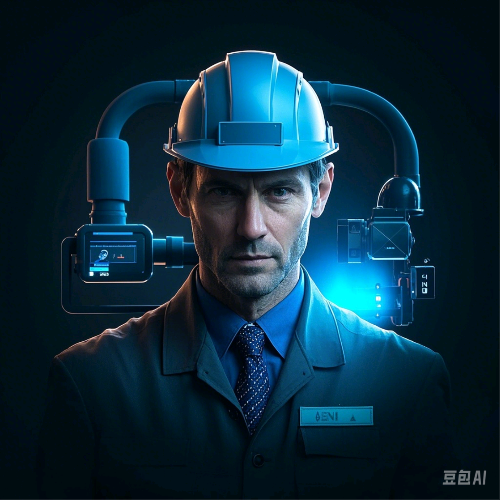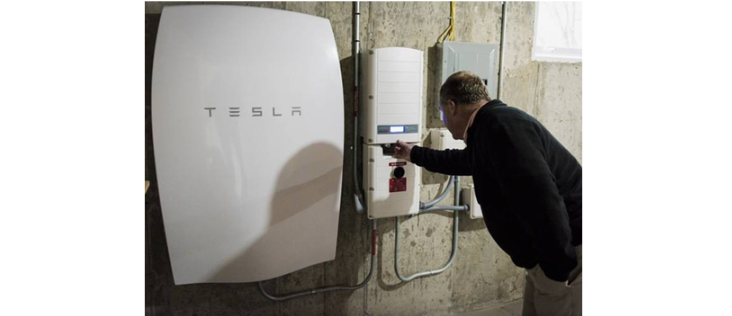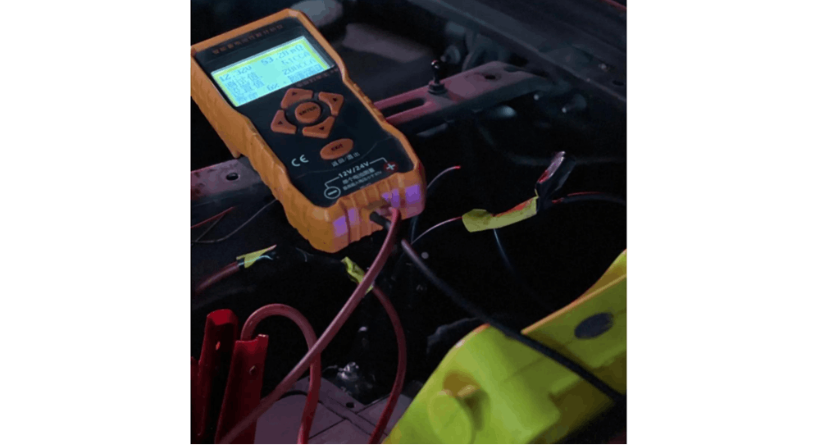What are the common failures of household energy storage systems?
Felix Spark
06/26/2025
Hey there! I'm an electrical engineer specializing in Failure and Maintenance. I've dedicated my career to ensuring the seamless operation of electrical systems. I excel at diagnosing complex electrical failures, from malfunctioning industrial motors to glitchy power distribution networks. Using state - of - the - art diagnostic tools and my in - depth knowledge, I pinpoint issues quickly. On this platform, I'm eager to share my insights, exchange ideas, and collaborate with fellow experts. Let's work together to enhance the reliability of electrical setups.
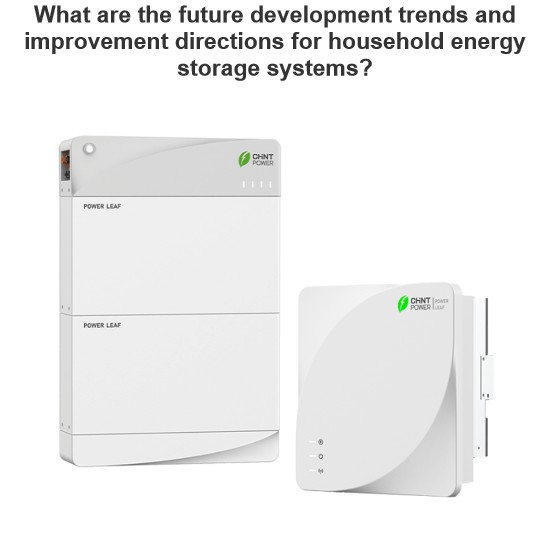
What are the future development trends and improvement directions for household energy storage systems?
Future Development Trends and Improvement DirectionsAs a front-line technician specializing in household energy storage system maintenance, I deeply recognize that the industry is advancing toward higher efficiency and reliability. With technological iteration and standard improvement, system failure rates are expected to significantly decline, with the following four directions serving as key breakthroughs.Intelligent Diagnosis and Predictive Maintenancewill redefine fault management. By deeply
Echo
06/26/2025

What are the impacts of environmental factors on household energy storage systems and what are the related maintenance strategies?
1. Environmental Impact on System StabilityEnvironmental factors are critical external variables affecting the stability of household energy storage systems, encompassing temperature, humidity, physical damage, and electromagnetic interference. Temperature fluctuations pose the primary threat: high temperatures accelerate battery aging (research shows that every 10°C increase in ambient temperature doubles capacity decay), while low temperatures (e.g., below 0°C) reduce discharge capacit
Felix Spark
06/26/2025
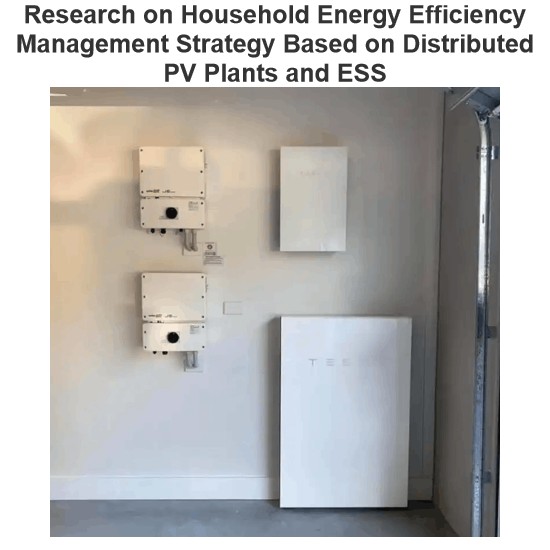
Research on Household Energy Efficiency Management Strategy Based on Distributed PV Plants and ESS
1 ZigBee - Based Smart Home SystemWith the continuous development of computer technology and information control technology, intelligent homes have evolved rapidly. Smart homes not only retain traditional residential functions but also enable users to manage household devices conveniently. Even outside the home, users can remotely monitor the internal status, facilitating home energy efficiency management and significantly enhancing quality of life.This paper designs a ZigBee - based smart home
Echo
06/26/2025
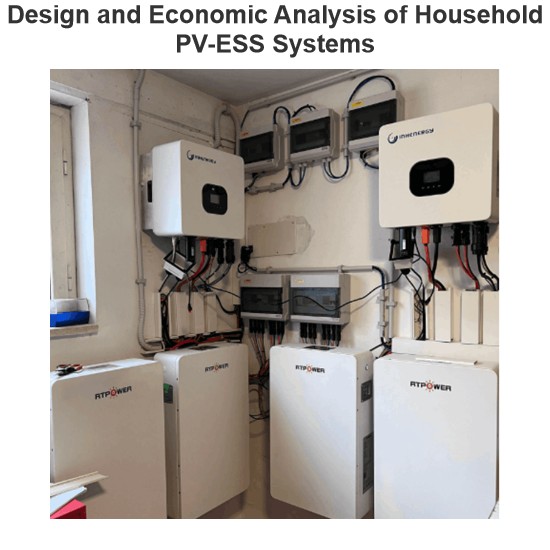
Design and Economic Analysis of Household PV-ESS Systems
Energy storage systems store electricity for peak shaving or emergencies. Lithium - ion batteries, despite lower efficiency, dominate due to fast discharge and long lifespans. A typical system includes a meter, inverter, controller, battery box, and charger to manage power flow and ensure grid compatibility.PV storage is expanding in China, with residential systems growing due to rooftop availability and cost reductions (~2,000 yuan/kW). Integrating PV with home appliances and grid storage enabl
Echo
06/26/2025
